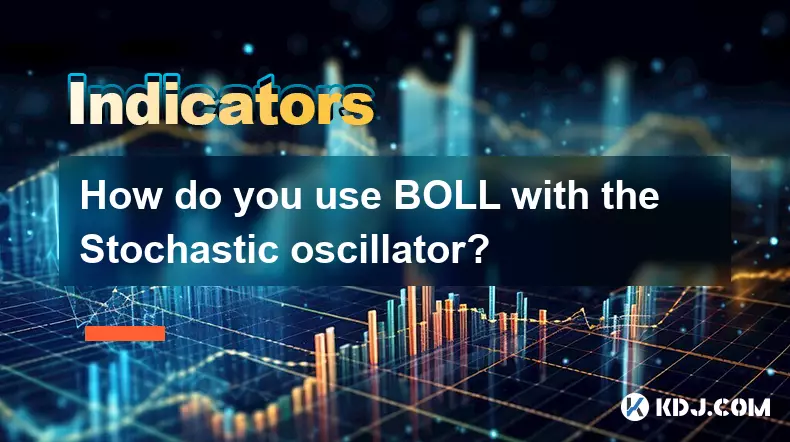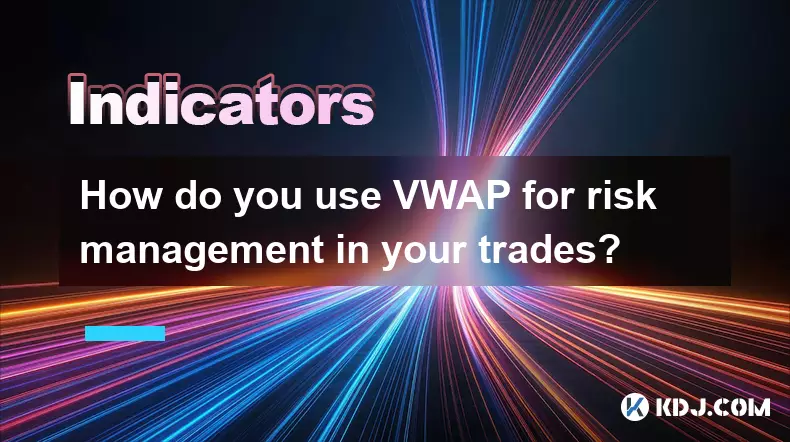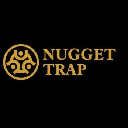-
 bitcoin
bitcoin $114684.631706 USD
-0.87% -
 ethereum
ethereum $4228.677447 USD
1.58% -
 bnb
bnb $1294.880693 USD
-1.16% -
 tether
tether $1.000819 USD
-0.02% -
 xrp
xrp $2.605138 USD
2.79% -
 solana
solana $209.908690 USD
5.89% -
 usd-coin
usd-coin $0.999903 USD
-0.03% -
 dogecoin
dogecoin $0.213423 USD
2.93% -
 tron
tron $0.322721 USD
-0.10% -
 cardano
cardano $0.727247 USD
3.66% -
 hyperliquid
hyperliquid $42.339456 USD
6.05% -
 chainlink
chainlink $19.910811 USD
5.16% -
 ethena-usde
ethena-usde $1.000557 USD
0.00% -
 stellar
stellar $0.349734 USD
2.69% -
 bitcoin-cash
bitcoin-cash $543.848687 USD
-0.21%
How do you use BOLL with the Stochastic oscillator?
Combining Bollinger Bands and Stochastic helps crypto traders spot reversals by confirming volatility extremes with momentum shifts, improving entry and exit timing.
Oct 12, 2025 at 06:55 pm

Combining BOLL and Stochastic for Enhanced Crypto Trading Signals
1. The Bollinger Bands (BOLL) indicator consists of a middle band being an N-period simple moving average and upper and lower bands representing price volatility based on standard deviations. When used in the cryptocurrency market, these bands help traders identify overbought or oversold conditions as prices approach or breach the upper and lower boundaries. The contraction of the bands often signals reduced volatility and potential upcoming explosive moves.
2. The Stochastic oscillator measures momentum by comparing a cryptocurrency’s closing price to its price range over a specific period. It fluctuates between 0 and 100, with readings above 80 indicating overbought territory and below 20 suggesting oversold levels. In fast-moving digital asset markets, this tool helps anticipate reversals before they appear on price charts.
3. Traders integrate BOLL and Stochastic by monitoring when price touches or exceeds the outer bands while simultaneously checking Stochastic values. For instance, if Bitcoin reaches the upper Bollinger Band and the Stochastic reads above 80, it may signal exhaustion in upward momentum. Conversely, Ethereum touching the lower band with Stochastic under 20 could suggest a bounce is imminent.
4. A common strategy involves waiting for the price to re-enter the space between the bands after touching one extreme, combined with a Stochastic crossover from overbought or oversold zones. This dual confirmation reduces false signals that often plague volatile crypto assets during sideways or low-volume periods.
Practical Entry and Exit Setups Using Both Indicators
1. When Litecoin’s price hits the lower Bollinger Band and the Stochastic lines cross upward from below 20, it forms a potential long entry point. This confluence suggests both undervaluation and strengthening buying pressure. Position sizing should account for the inherent noise in altcoins, where sudden pumps or dumps can distort short-term readings.
2. On the flip side, if Solana surges to the upper band and the %K line of the Stochastic crosses below the %D line while above 80, traders might initiate short positions or take profits on existing longs. Confirmation through candlestick patterns like shooting stars adds reliability.
3. Exits can be timed when the price returns near the middle Bollinger Band (20-period SMA), especially if the Stochastic enters neutral territory (between 20 and 80). Holding through mean reversion without adjusting targets often leads to giving back gains during choppy trading phases.
4. Scalpers apply tighter timeframes—such as 5-minute or 15-minute charts—with adjusted parameters (e.g., 14,3,3 for Stochastic and 14,2 for BOLL)—to capture rapid swings within established ranges. These setups work best during Asian or European trading sessions when U.S. markets are closed and volume dips.
Risk Management and Filter Techniques
1. Not every touch of the Bollinger Bands results in reversal, particularly during strong trends. In bull runs driven by macro catalysts or exchange inflows, prices can ride the upper band for extended periods. Relying solely on Stochastic extremes without trend context increases whipsaw risk.
2. To filter out misleading signals, traders overlay a longer-term moving average—like the 50-period EMA—to determine directional bias. If the current price is above the 50 EMA, only long setups triggered by lower band + Stochastic oversold are considered valid.
3. Volume analysis acts as another layer of validation. A breakout beyond the upper band accompanied by shrinking volume, despite Stochastic showing overbought levels, may indicate weak conviction and a higher probability of rejection.
4. Altcoin pairs on decentralized exchanges often lack consistent volume data, making BOLL-Stochastic combinations less reliable than on major centralized platforms like Binance or Coinbase. Adjusting position sizes accordingly mitigates exposure to erratic movements caused by low liquidity.
Frequently Asked Questions
What settings work best for BOLL and Stochastic in crypto trading?The default BOLL setting of 20 periods with 2 standard deviations works well across most digital assets. For Stochastic, (14,3,3) is widely adopted, though some traders shorten it to (9,3,3) for faster responses in highly volatile tokens.
Can BOLL and Stochastic be used on intraday timeframes for meme coins?Yes, but caution is required. Meme coins like Dogecoin or Shiba Inu exhibit exaggerated moves due to social media hype. While BOLL and Stochastic can highlight turning points, stop-loss orders must be wider to avoid premature exits amid pump-and-dump scenarios.
Do these indicators perform differently on spot versus futures charts?They operate identically mathematically, yet futures markets include leverage-driven accelerations that may cause earlier divergences. Long liquidation clusters near upper Bollinger Bands, coinciding with overbought Stochastic, often precede sharp corrections.
Disclaimer:info@kdj.com
The information provided is not trading advice. kdj.com does not assume any responsibility for any investments made based on the information provided in this article. Cryptocurrencies are highly volatile and it is highly recommended that you invest with caution after thorough research!
If you believe that the content used on this website infringes your copyright, please contact us immediately (info@kdj.com) and we will delete it promptly.
- XRP Price Prediction: Weekend Rollercoaster or Rally?
- 2025-10-12 08:45:16
- Bittensor (TAO): Super Bullish Signals Point to Potential 2x Rally
- 2025-10-11 10:25:12
- Silver Price Correction: Navigating the Dip & Identifying Key SEO Keywords
- 2025-10-11 10:25:12
- Decoding Crypto Trends: Bittensor's Bull Run, Cardano's Dip, and LivLive's Presale Buzz in 'Uptober 2025'
- 2025-10-12 08:45:16
- MoonBull: The Crypto Meme Coin Promising 1000x Gains?
- 2025-10-11 10:30:01
- Crypto Payroll Revolution: Stablecoins, Altcoins, and the Future of Salary Payments
- 2025-10-11 10:30:01
Related knowledge

What's the main difference between VWAP and TWAP?
Oct 12,2025 at 11:54am
Understanding VWAP and Its Role in Crypto Trading1. Volume Weighted Average Price (VWAP) is a trading benchmark that calculates the average price of a...

How do you identify exhaustion moves using VWAP and its bands?
Oct 12,2025 at 08:00am
Understanding the Role of Decentralized Exchanges in Crypto Trading1. Decentralized exchanges (DEXs) operate without a central authority, allowing use...

How do you use VWAP to scale in and out of positions?
Oct 14,2025 at 02:19am
Understanding VWAP as a Dynamic Benchmark1. The Volume Weighted Average Price (VWAP) is not just an indicator—it functions as a dynamic benchmark that...

What are the main advantages of using VWAP over EMA?
Oct 11,2025 at 02:18am
Main Advantages of Using VWAP Over EMA1. Volume-Weighted Average Price (VWAP) incorporates trading volume into its calculation, offering a more accura...

How do you use VWAP on different chart types like Heikin Ashi?
Oct 11,2025 at 05:01pm
Understanding VWAP in the Context of Heikin Ashi Charts1. The Volume Weighted Average Price (VWAP) is a powerful analytical tool commonly used by trad...

How do you use VWAP for risk management in your trades?
Oct 11,2025 at 02:54am
Understanding VWAP as a Dynamic Benchmark1. The Volume Weighted Average Price (VWAP) serves as a crucial reference point in intraday trading by reflec...

What's the main difference between VWAP and TWAP?
Oct 12,2025 at 11:54am
Understanding VWAP and Its Role in Crypto Trading1. Volume Weighted Average Price (VWAP) is a trading benchmark that calculates the average price of a...

How do you identify exhaustion moves using VWAP and its bands?
Oct 12,2025 at 08:00am
Understanding the Role of Decentralized Exchanges in Crypto Trading1. Decentralized exchanges (DEXs) operate without a central authority, allowing use...

How do you use VWAP to scale in and out of positions?
Oct 14,2025 at 02:19am
Understanding VWAP as a Dynamic Benchmark1. The Volume Weighted Average Price (VWAP) is not just an indicator—it functions as a dynamic benchmark that...

What are the main advantages of using VWAP over EMA?
Oct 11,2025 at 02:18am
Main Advantages of Using VWAP Over EMA1. Volume-Weighted Average Price (VWAP) incorporates trading volume into its calculation, offering a more accura...

How do you use VWAP on different chart types like Heikin Ashi?
Oct 11,2025 at 05:01pm
Understanding VWAP in the Context of Heikin Ashi Charts1. The Volume Weighted Average Price (VWAP) is a powerful analytical tool commonly used by trad...

How do you use VWAP for risk management in your trades?
Oct 11,2025 at 02:54am
Understanding VWAP as a Dynamic Benchmark1. The Volume Weighted Average Price (VWAP) serves as a crucial reference point in intraday trading by reflec...
See all articles










































































